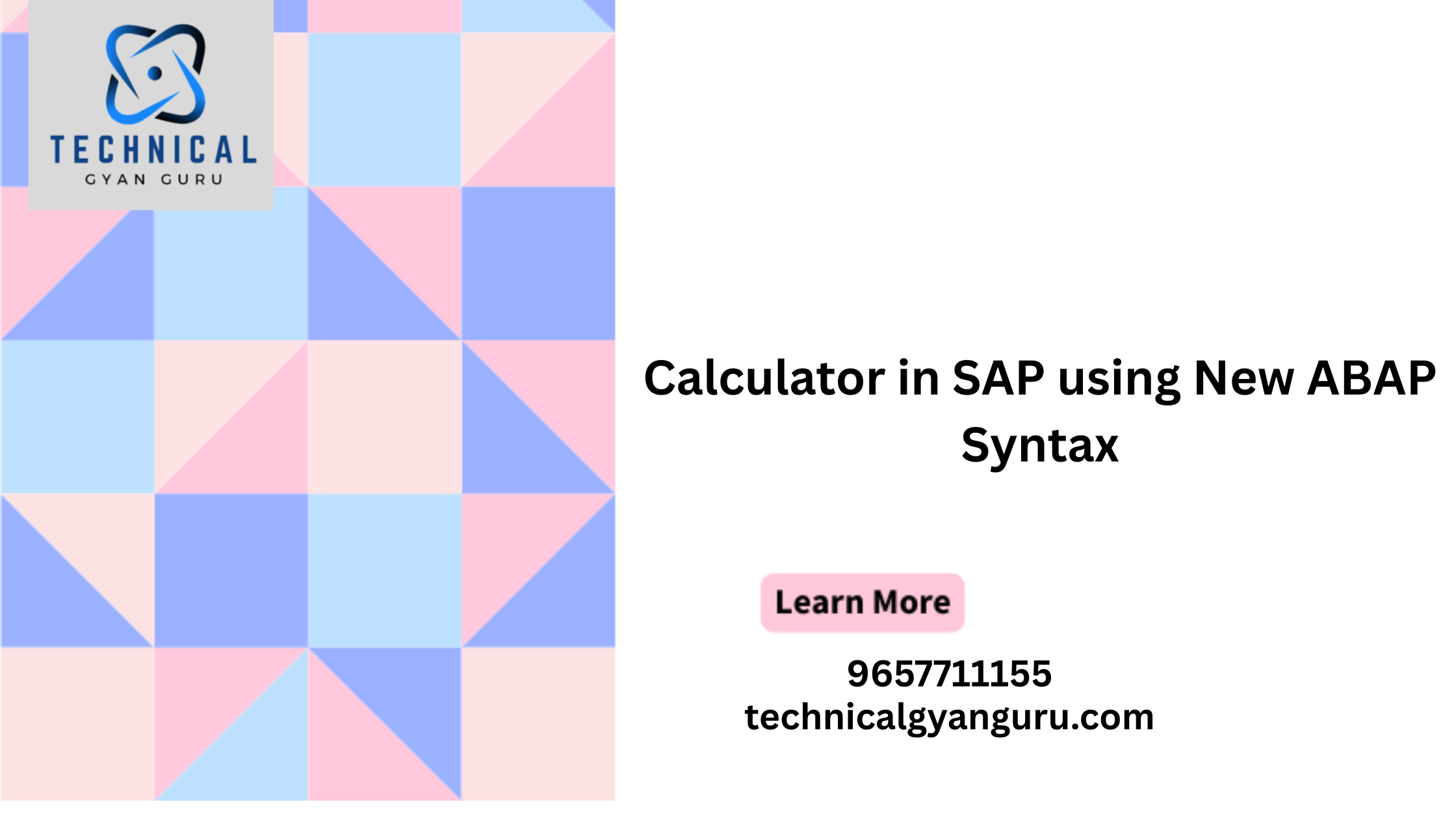Introduction: IoT Device Identities
IoT Device Identities: The proliferation of Internet of Things (IoT) devices has ushered in an era of unprecedented connectivity, transforming the way we interact with the world around us. However, with this increased connectivity comes the challenge of securing IoT ecosystems, and at the heart of this challenge lies the need for robust IoT device identities, authentication mechanisms, and identity management systems. In this blog post, we will delve into the intricacies of securing IoT devices, exploring the importance of device identities, authentication protocols, and effective identity management.
1. The Significance of IoT Device Identities:
Each IoT device needs a unique and verifiable identity to establish trust within the ecosystem. IoT device identities are akin to digital fingerprints that distinguish one device from another. These identities play a crucial role in securing communication channels, ensuring that devices can be authenticated, and data integrity is maintained.
2. Authentication Protocols for IoT Devices:
a. Mutual TLS (mTLS):
Mutual TLS authentication involves both the client (IoT device) and the server (cloud or application) presenting certificates to each other to establish a secure connection. This ensures that both parties can verify each other’s authenticity, mitigating the risk of unauthorized access or data tampering.
b. X.509 Certificates:
X.509 certificates are widely used in IoT security. Each device is assigned a unique certificate that includes a public key. During communication, the device presents its certificate, allowing the server to verify its identity using the associated public key.
c. OAuth 2.0 and API Tokens:
OAuth 2.0, commonly used for user authentication, can also be extended for IoT devices. Devices obtain access tokens, which are then used to authenticate and authorize their interactions with other devices or servers.
3. IoT Identity Management:
a. Public Key Infrastructure (PKI):
PKI provides a framework for managing digital keys and certificates. In the context of IoT, PKI ensures the secure generation, distribution, and revocation of device certificates, forming the foundation for strong authentication and secure communication.
b. Device Onboarding and Provisioning:
Securely onboarding and provisioning devices into an IoT ecosystem is a critical aspect of identity management. This involves securely assigning unique identities and credentials to devices during their initial setup, ensuring a secure and trustworthy integration into the IoT network.
c. Role-Based Access Control (RBAC):
Implementing RBAC for IoT devices ensures that each device is assigned specific roles and permissions within the ecosystem. This granular control helps limit access to sensitive functions and data, reducing the potential impact of security breaches.
4. Challenges and Considerations:
a. Scale and Diversity:
Managing identities at scale can be challenging in large IoT deployments with diverse devices. Establishing a scalable and flexible identity management system becomes crucial to accommodate the variety of devices and their unique requirements.
b. Lifecycle Management:
Effectively managing device identities throughout their lifecycle is essential. This includes aspects such as certificate renewal, revocation, and secure decommissioning of devices to maintain the integrity of the IoT ecosystem.
c. Over-the-Air (OTA) Updates:
Ensuring secure OTA updates for IoT devices is vital for addressing vulnerabilities and enhancing security. A robust identity management system should seamlessly integrate with OTA update processes to maintain the security posture of devices.
Conclusion:
Securing IoT device identities, implementing strong authentication mechanisms, and adopting effective identity management practices are foundational elements in building a resilient and trustworthy IoT ecosystem. As IoT continues to evolve and expand into various industries, addressing the unique challenges posed by device identities becomes paramount. Organizations must invest in comprehensive security strategies that encompass device authentication, identity management, and the ongoing monitoring and adaptation required to stay ahead of emerging threats in the dynamic landscape of IoT. By prioritizing these security measures, we pave the way for a future where IoT devices contribute to a connected world with confidence and reliability.







